Short-lived predecessors to the Yacht Club of today | Sarasota History with Jeff LaHurd
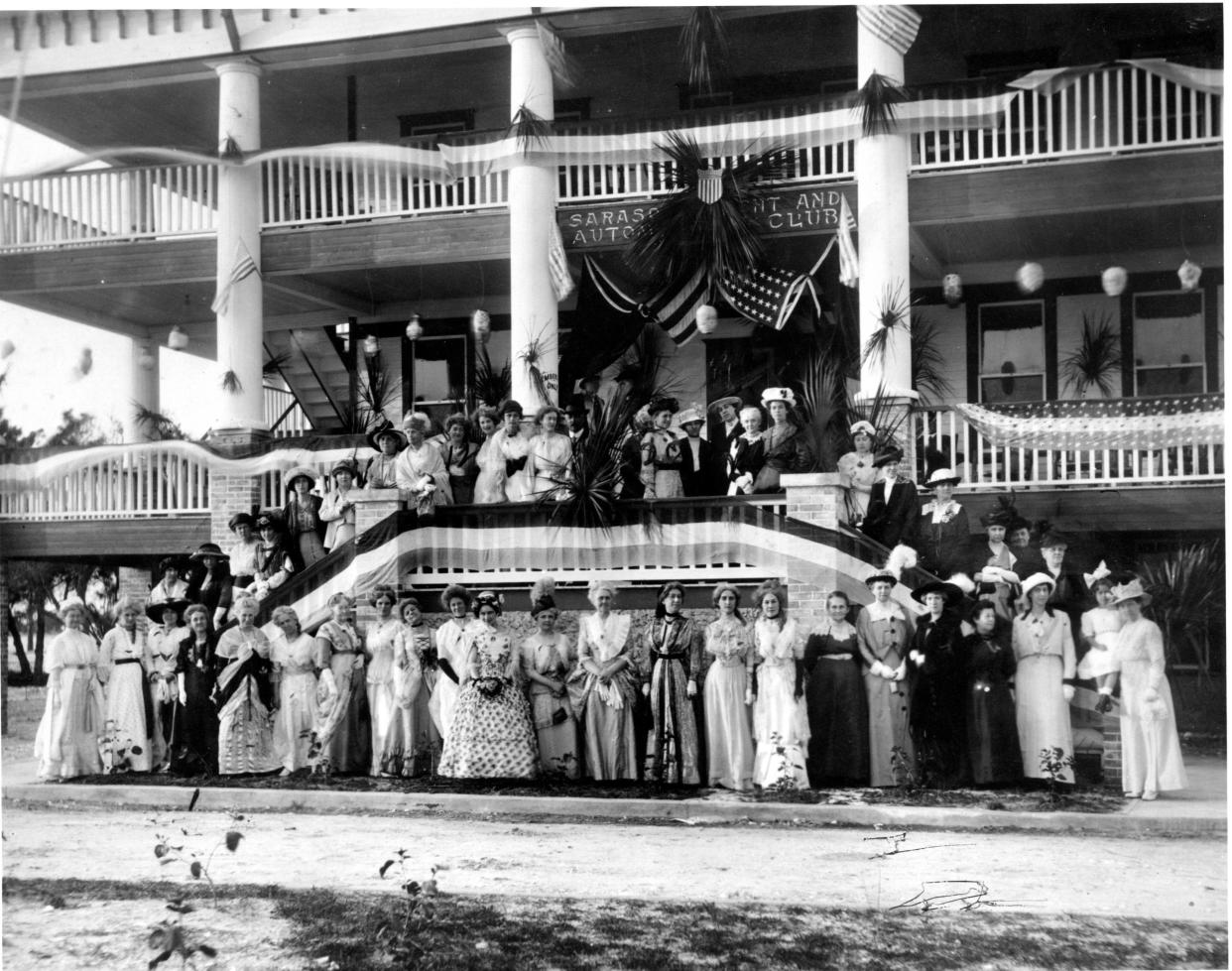
Today’s Sarasota Yacht Club is one of the bright spots on Florida’s Gulf Coast, an iconic symbol of modern Sarasota. Uniquely designed and richly appointed, the clubhouse offers everything a yacht owner and family could wish for. The adjoining marina accommodates and services vessels of all size.
The current club extends back to 1926, and two yacht clubs preceded it. One was on Siesta Key, with Harry Higel as the Commodore.
Murder on Siesta Key: Harry Higel’s brutal killing remains unsolved to this day
The other, on Gulf Stream Avenue, was known as the Sarasota Yacht and Automobile Club. Founded in 1912, it became the social hub of the small town, noted as a sign certain of Sarasota’s growth potential. Both clubs were short-lived.
As the paper described the setting for the Yacht and Automobile Club, “Its location on Cedar Point ... in a spot made charming by nature, with its evergreen growth of trees and shrubs, the surrounding bay and cool Gulf breezes, with a view for miles that is unsurpassed.”
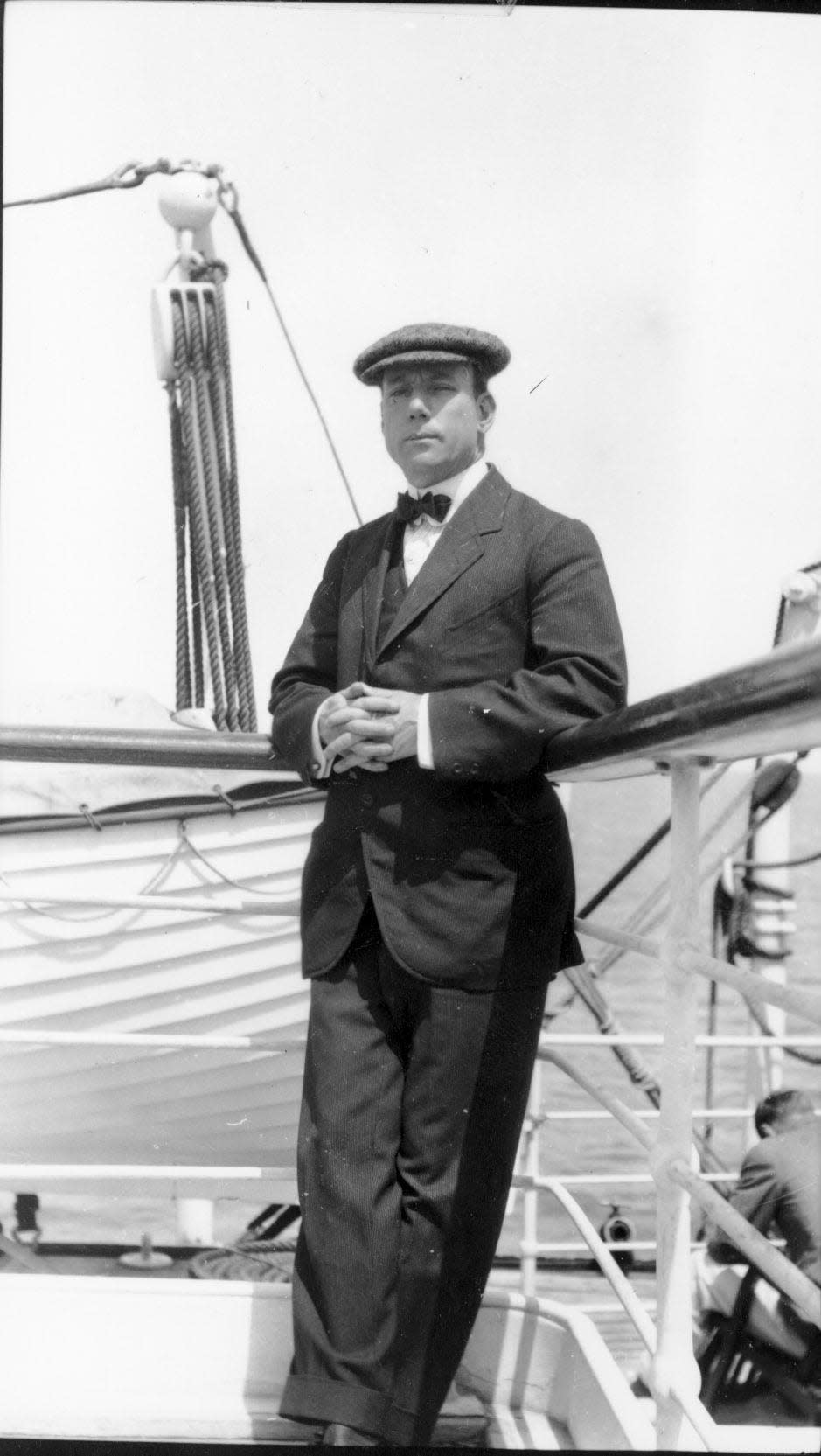
Sarasota’s first major developer, Owen Burns, who was also Chairman of the Board of Trade, was chosen Commodore. Popular physician and civic leader Dr. Joe Halton served as Vice Commodore.
On Nov. 7, 1912, The Sarasota Times announced that the clubhouse was finished. It was constructed by H.B. Westbrook for a reported $4,000. Designed by Alex Browning, who had arrived as a youngster with the Scot Colony in 1885, the club was “modern in design and equipment and would be opened in December.”
Progress on the construction of the clubhouse was closely followed in The Sarasota Times, which noted that it was another step in the small town’s onward progress “... and not only meets the needs of the members but presents an attractive advertisement for the scores of visitors who will be here this winter.”
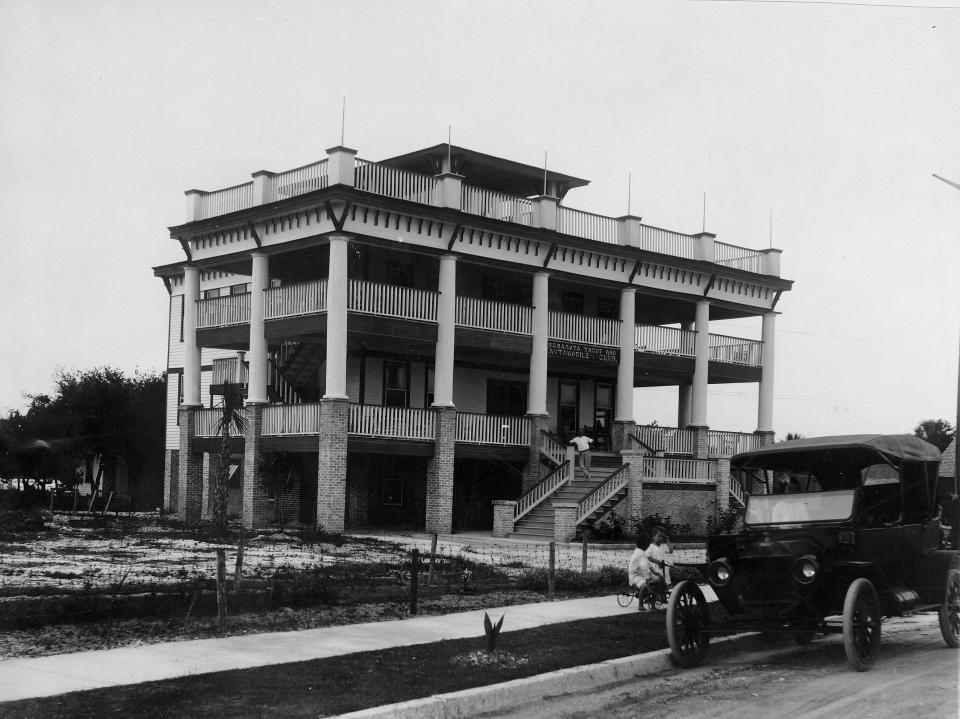
The Sarasota Times noted the social club was formed “for the purpose of yachting and autoing,” and would be always open for members. Initiation fees were set at $50 with annual dues at $25.
Painted white and green the interior woodwork was stained dark green. The club’s features included a gymnasium, twenty-foot square cupola to survey the view, furnished with chairs and hammocks, smoking, and reading rooms, which “... cannot but commend itself to the tourist from larger cities.”
The stairway from the basement to the first floor led to billiard tables, and card rooms all brightly lit through the numerous windows. At each end of the room, a fireplace provided warmth along with a soft glow. The auditorium there could seat up to 400 guests.
The cavernous dining room was on the second floor, serviced by a dumbwaiter located in the basement kitchen.
In July of 1913, Benjamin Franklin Myer, one of many who came to Sarasota for health reasons, was chosen to be the club’s manager.
The paper reported the “veteran steward and chef” came with “large experience” in similar positions in northern states, and served as a caterer for over 50 years, “among people of the most exacting tastes, and in the establishment of restaurant service for club members.” He worked with famous hoteliers throughout the country.
Myer vowed to make Sarasota his new hometown. He was given a private house on the grounds to live in with his family.
Through its short-lived existence, the Sarasota Yacht and Automobile Club was, indeed, the social hub of the town.
For New Year’s Eve 1913-14, the goings-on were described as “brilliant in the highest with a hearty informal spirit ... more like a family or neighbor than might have been expected where guests hailed from half the states in the Union.”
A Colonial Tea hosted there by the Sarasota Woman’s Club with the ladies in period costume to raise funds for their own clubhouse building fund was a great success.
When a throng of national realty dealers were in town to scout out the area, they were taken to the club for an inspection and a climb to the cupola to take in the unique view.
But notwithstanding teas, and balls, card and billiard games, dances, celebrations and performances, and unparalleled view, by August of 1916, The Times reported the Sarasota Yacht and Automobile Club “is now a closed chapter.”
Of course, Sarasota was a yachtsman’s paradise. As the Sarasota Herald put it, “... no other place in the United States can be found so specially designed and obviously intended for the enjoyment of boating to the utmost as the Queen City of the Gulf Coast.”
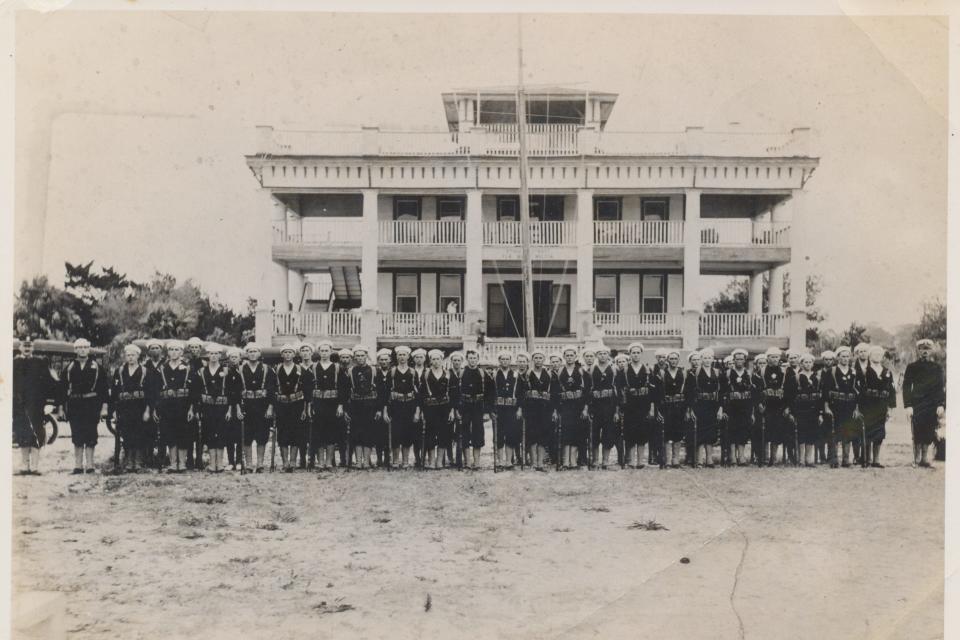
The shuttered clubhouse was taken over by “Sarasota’s Crack Naval Militia Company”; The Third Division, First Battalion, Florida Naval Militia.
The reason for the demise was simple: The club fell into arrears to the tune of $650. ($15,072 today) as the members failed to keep up with their dues. The First National Bank of Sarasota was granted a judgment, and the building was placed in the care of Manatee Sheriff Gates who was instructed to turn the keys over to Naval Lieutenant Purdy.
He and his men transformed the building into an armory, stocking it with “clothes, guns, tents, bedding, blankets, hammocks, etc., etc.”
The paper reported that Purdy would maintain the beauty of the building and its lawn by adding “flowers and shrubs, such as can only be grown in the ‘land of flowers.’”
Never missing a chance to make lemonade, The Sarasota Times enthused, the armory would have “the distinction of having the best appointed, and handsomest armory in the state of Florida.” Perhaps in the entire United States.
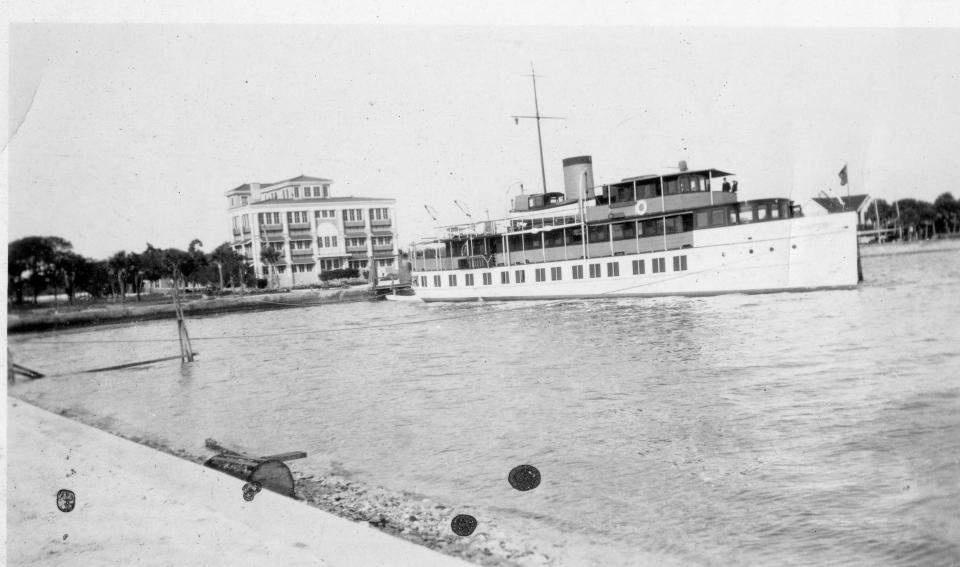
John Ringling acquired the property in 1917, and under the direction of Mable Ringling transformed the clubhouse into the Sunset Apartments in 1923. The apartments were demolished in 1964.
When a Mr. Brown, a structural engineer, came from New York to do some work on the apartments, he proclaimed prophetically, “You have a fine little city here. I think it is the most attractive spot in Florida and I can see that this place will grow very rapidly.”
The Sarasota real estate boom struck that year.
Jeff LaHurd was raised in Sarasota and is an award-winning historian.
This article originally appeared on Sarasota Herald-Tribune: Sarasota history: Today’s Yacht Club dates to 1926, wasn’t the first

